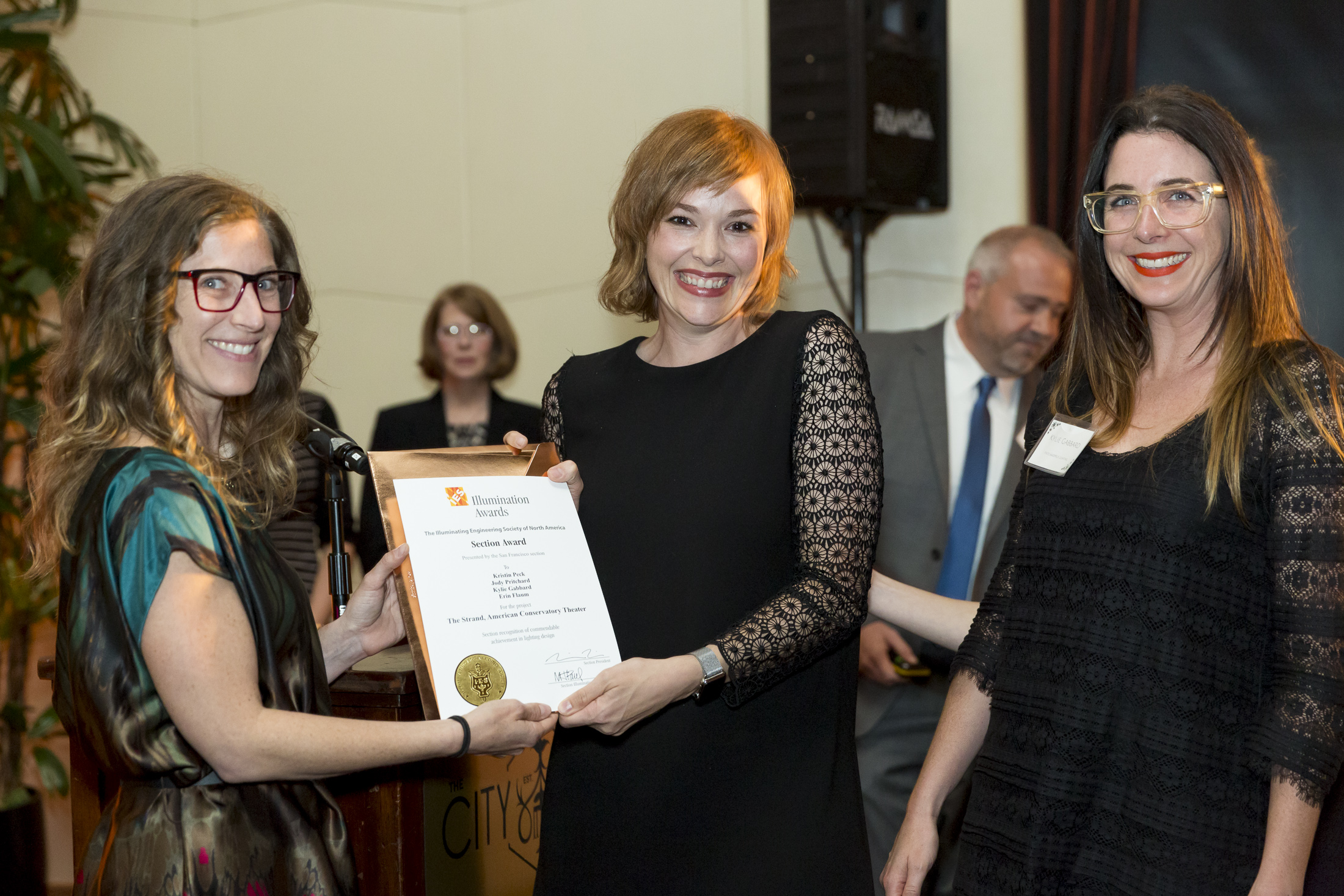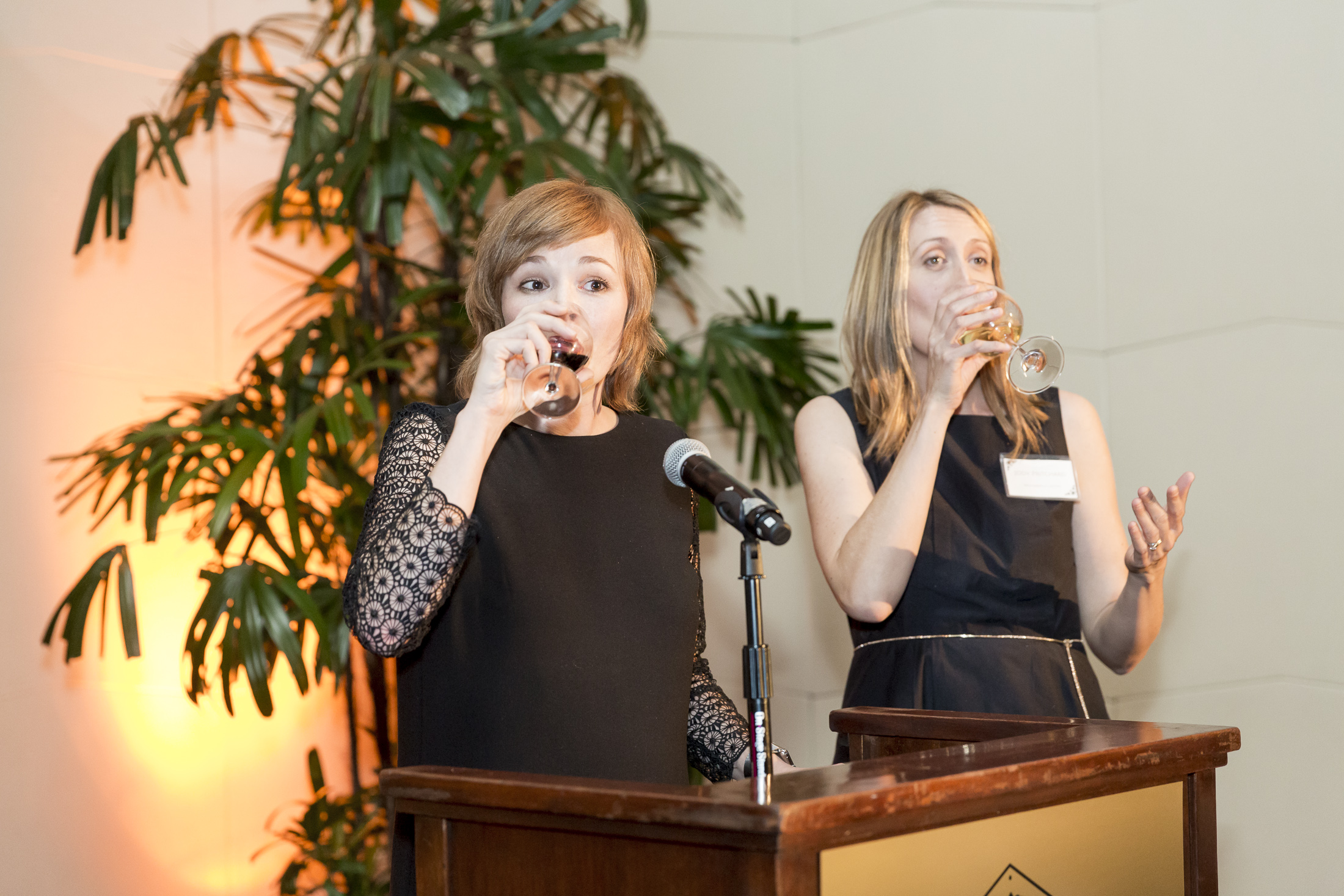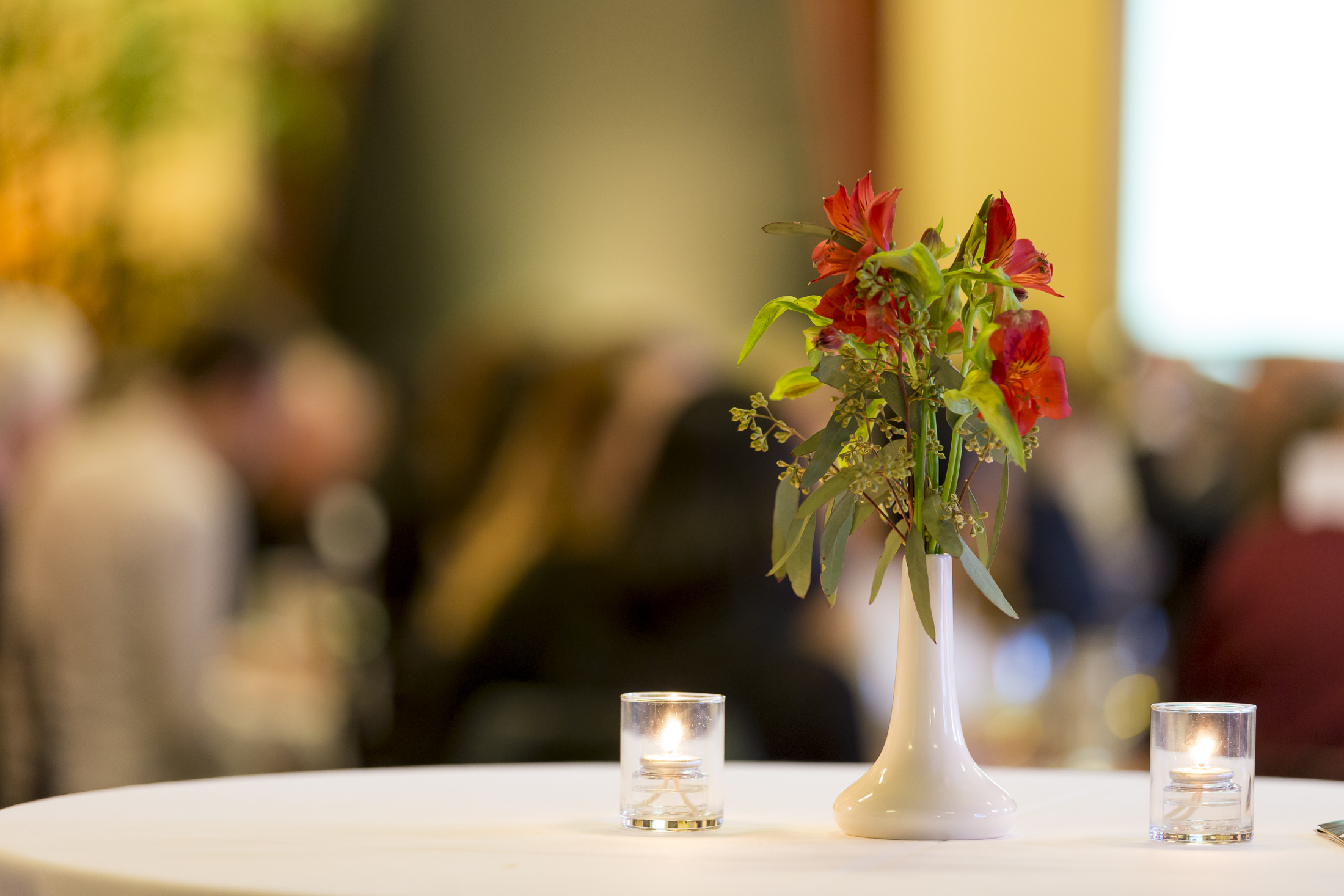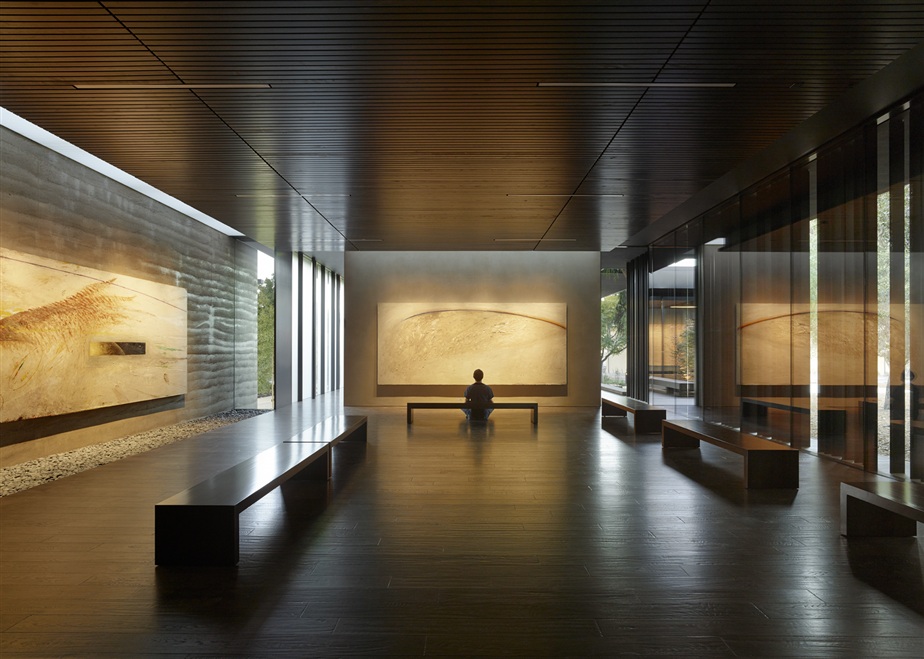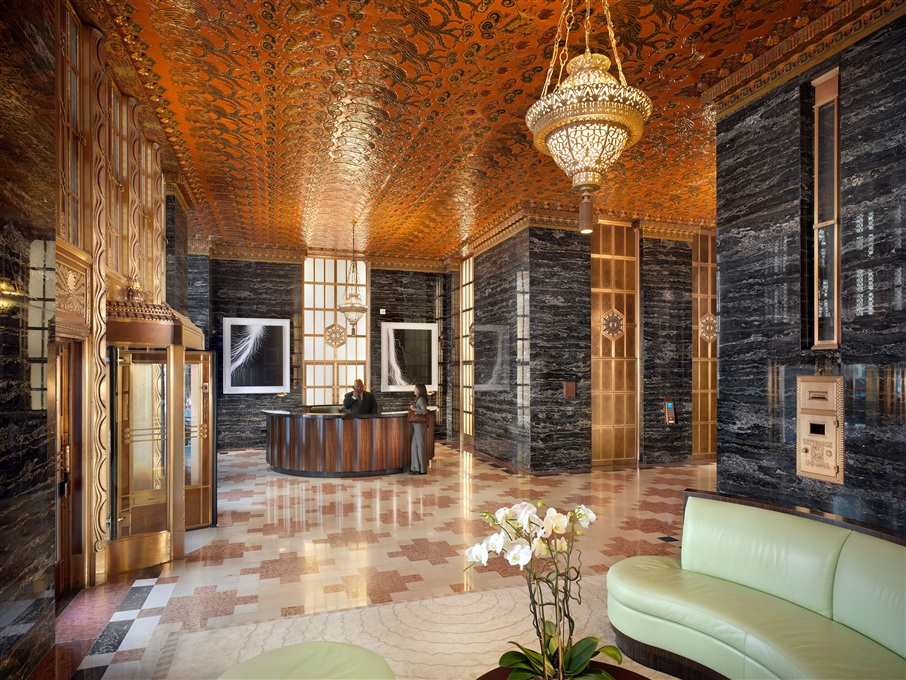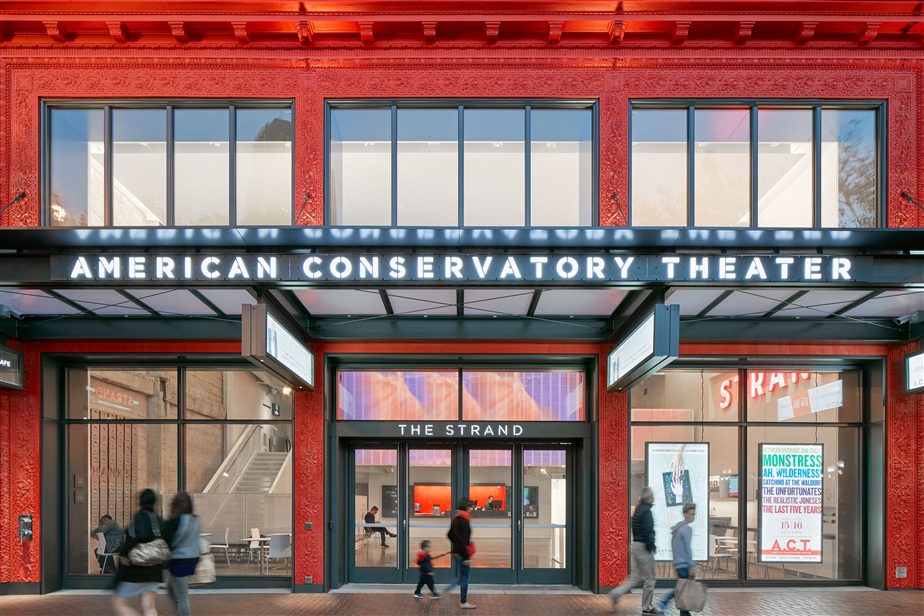Morning Session
Keynote Title: Cyber Security for Industrial Networks
Keynote Speaker: Chet Sandberg, Raychem Corporation, IEEE Fellow
Abstract: For years, Electrical Controls and Electrical Distribution Equipment Suppliers have responded to market demands for increased Network connectivity. Power Monitoring equipment can serve web pages right from the meter. Distribution Equipment may often have multiple wired ethernet connection points, and even a wireless connection. The industry has skirted around the issue of network security by placing the responsibility for security on the end user, who often does not have a clear understanding of what network hardware exists inside the electrical room. In this presentation, we will look at the cyber-physical security options that are available for designing secure industrial networks. We will discuss how to design secure industrial networks, and review practical ways that engineers can protect industrial networks from becoming a haven for cyber criminals.
Title: Top 8 Do’s and Don’ts of Lighting Systems/Controls Commissioning
Speakers: Lyn Gomes, kW Engineering; Rick Miller, RNM Engineering
Abstract: Lyn and Rick will present their leading dos and don’ts for lighting design and lighting controls commissioning with regards to new construction and existing buildings.
Title: Selective Coordination and Arc Flash Mitigation – Why Me?Speaker: James Walker, Eaton Electrical
Abstract: James will delve into the following important areas in his discussion.
How to design an electrical system in which the upstream protective device (fuse or circuit breaker) nearest to the system fault clears the fault without affecting the protective devices that are upstream from it
New NEC requirements for selective coordination
Arc Flash and selective coordination challenges
Title: Revisions to IEEE-519 - IEEE Recommended Practice and Requirements for Harmonic Control in Electric Power Systems
Speaker: Robert E. Fuhr; P.E.
Abstract: The presentation will discuss what this standard is, how it is applied, how this revised standard will impact you and your distribution system. Will your distribution exceed the new IEEE-519-2014 Standards?
The IEEE-519 – 2014 Standard has recently been revised. This is used by engineers as a guide when designing systems and investigating power quality issues. The goal of the standard is to:
Define the specific and separate responsibilities for each participant – utilities and users
Maintain the voltage THD within acceptable limits at the Point of Common Coupling (PCC) between the utility and the user
Protect the user and utility equipment from the negative impact of harmonics.
There are some significant changes and revisions to this new 2014 version as compared to the 1992 version. Some of these changes include:
Clarification of where the PCC is located at in the distribution system
Current THD Limits at the PCC
Voltage THD Limits at the PCC
High Frequency Current Allowance in Low Current Distorted Systems
Measurement of harmonic currents and voltages
Afternoon Session
Title: Documentation – The Mother of the Commissioning Process
Speaker: Mike Pincus, Kohler Power Systems
Abstract: The key to successful factory testing, witness testing, site commissioning, acceptance testing and any future troubleshooting is a strongly written initial testing procedure. From this presentation, you will learn how to analyze a single line diagram and create a testing document that fully tests the system for both normal and failure operation. This same document can be used for the submittal sequence of operation. We will also look at best practices for designing and documenting a system for troubleshooting.
Title: Bridging the Gap from ANSI/NETA Acceptance Testing to Commissioning
Speaker: Dan Hook; Executive Vice President of Business Development., Western Electrical Services
Abstract: The ANSI/NETA Standard for Electrical Commissioning Specifications for Electrical Power Equipment and Systems should be used in conjunction with the most recent edition of ANSI/NETA Standard for Acceptance Testing Specifications for Electrical Power Equipment and Systems. It is the purpose of these specifications to assure that tested electrical equipment and systems are operational, are within applicable standards and manufacturer's tolerances, and are installed in accordance with design specifications.
Three voltage classes of equipment are detailed within the ANSI/NETA ECS
Low-Voltage Systems (less than 1,000 volts)
Medium-Voltage Systems (greater than 1,000 volts and less than 100,000 volts)
High-Voltage and Extra-High Voltage Systems (greater than 100 kV and less than 1,000 kV)
This presentation will link acceptance testing with electrical commissioning that completes the electrical system overall acceptance process. He will also address the following critical topics:
Individual component acceptance testing
Commissioning to ensure all integral components are functioning as a complete unit within design requirements and manufacturer's published data
Correct operation of all interlock safety devices for fail-safe functions
Correct operation of all sensing devices, alarms, and indicating devices.
Title: Electrical Predictive and Preventive Maintenance Testing, and the Standards Recommending and Requiring Its Performance
Speaker: Steve Metzger, Electrical Reliability Services, Emerson Power Systems
Abstract: This presentation will outline the most recent standards recommending and requiring electrical predictive and preventive maintenance including ANSI Standard NETA MTS 2015, The Standard for Maintenance Testing Specifications for Electrical Equipment and Systems, and NFPA 70B 2013, Recommended Practices for Electrical Equipment Maintenance for recommended practices. Additionally, the requirements for electrical equipment maintenance as outlined in NFPA 70E 2015, The Standard for Electrical Safety in The Work Place and NERC PRC-005 will be reviewed. The maintenance of electrical distribution equipment and systems has long been a sound practice to achieve safety and reliability, and is now, rapidly on its way to becoming a requirement.















































